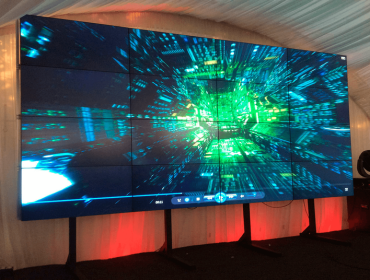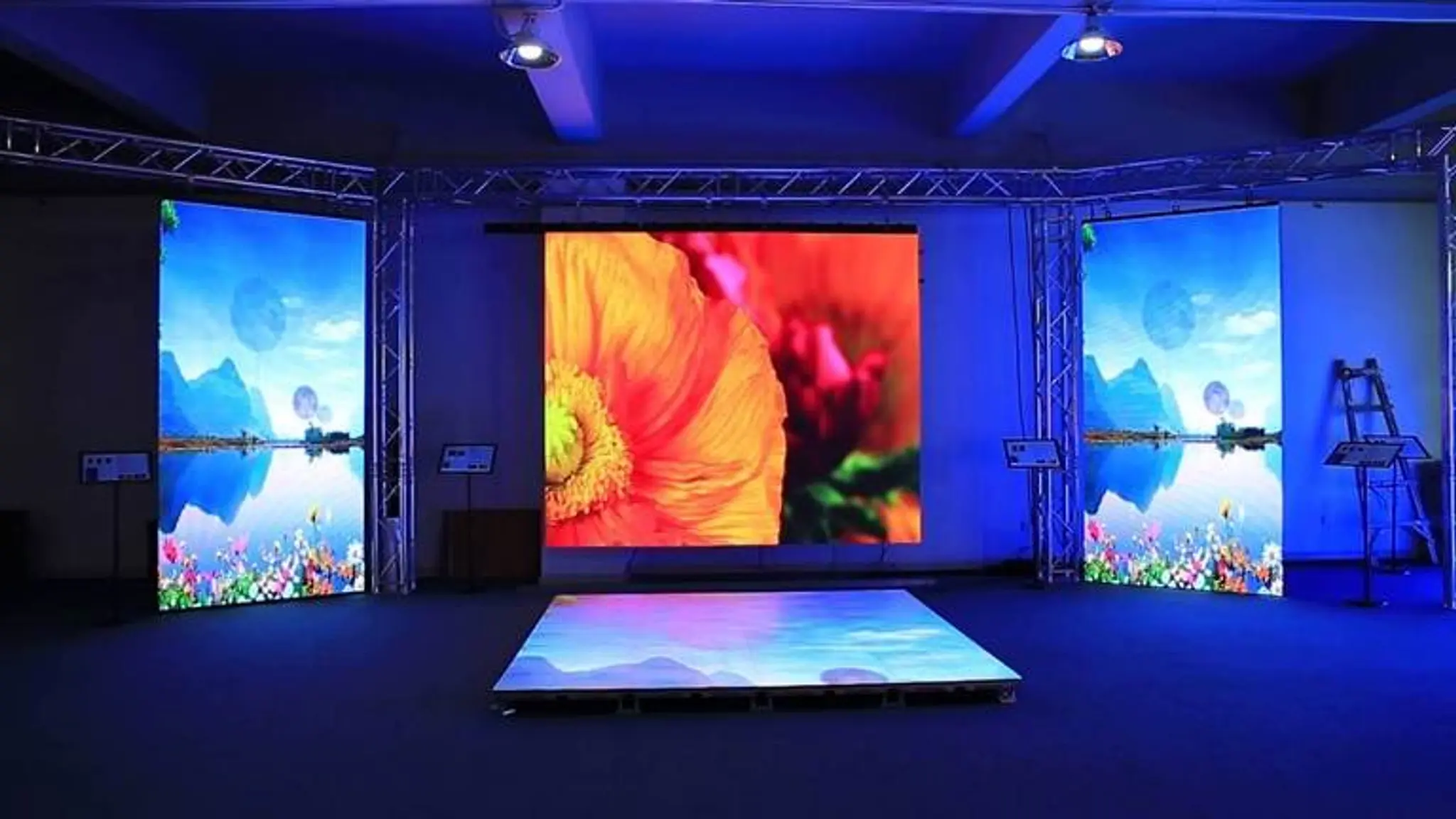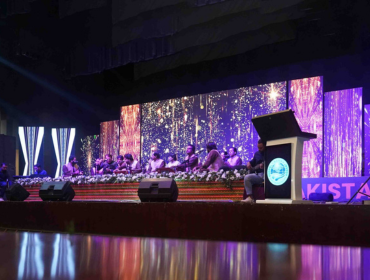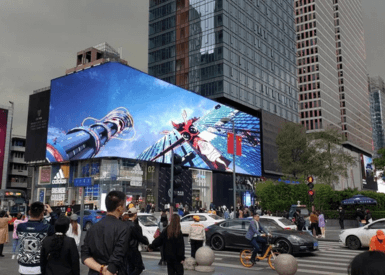Top Reasons Your SMD LED Display Fails Early
Studies show that poorly maintained LED screens can lose up to 30% of their brightness and performance capabilities within the first year of installation. That’s a substantial loss, especially for businesses relying on visual impact and 24/7 brand visibility.
An SMD LED screen is a long-term investment. And it doesn’t matter if you’re advertising a product, broadcasting content, or enhancing interior design, the screen plays a critical role.
Businesses across Pakistan, especially in major urban cities like Karachi, are increasingly turning to indoor and outdoor SMD screens due to their superior clarity, outclass color output, and flexible installation options.
But these high-performance LED display screens are delicate and, when mismanaged, can deteriorate much quicker than expected. Many users unknowingly expose their screens to risk simply because they aren’t aware of what causes damage.
This blog explores 7 of the most common causes of damage to SMD LED screens and offers practical, easy-to-follow strategies to prevent them.
So let’s dig in without further ado…
Things That Can Damage Your SMD Screens
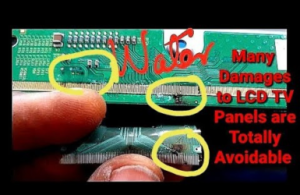
1. Moisture Infiltration
Moisture is the silent killer of any electronic component, and SMD LED screens are no exception. This is especially true for outdoor installations that are exposed to unpredictable weather, including Karachi’s seasonal humidity and rain.
Even minor condensation inside the screen cabinet can cause short-circuits, corrosion, or complete screen failure. The combination of water and electricity creates a high-risk environment for sensitive circuitry, leading to flickering, dimming, or dead pixels.
What makes it worse is that the effects of moisture often aren’t immediate. Damage accumulates slowly over time, and by the time you notice, it’s too late.
2. Poor Ventilation
All LED display screens generate heat during operation. If that heat is not managed correctly, it can degrade internal components. In confined spaces or cabinets without proper airflow, temperatures can soar beyond safe levels.
Poor ventilation results in thermal stress that affects LED modules, drivers, and power supplies. Over time, this leads to color distortion, premature dimming, or complete burnout. Indoor settings like conference halls or malls often overlook ventilation, assuming air conditioning is enough.
3. Unstable Power Supply
Electrical instability is a frequent issue in many parts of Pakistan, including Karachi. Power surges, voltage drops, and inconsistent electricity can wreak havoc on an SMD screen in Karachi.
Without voltage regulators or surge protectors, your screen’s circuitry is exposed to unpredictable currents. Components burn out, control cards fail, and even backup systems can get compromised.
Frequent screen reboots or flickering are usually signs of power issues. This not only disrupts display performance but also causes long-term wear and tear.
4. Accumulated Dust and Pollution
Karachi’s air quality, rich with dust and industrial pollutants, is a major factor in SMD LED screen damage. Dust accumulation blocks airflow, reduces brightness, and settles on components, interfering with electrical conductivity.
In outdoor settings, pollutants can even mix with moisture to form corrosive layers. For outdoor SMD screen suppliers in Karachi, pollution is a real challenge.
Even indoor units in dusty environments like malls or factories are vulnerable. Dust buildup leads to increased operating temperatures and eventually degrades LED performance.
5. Mishandling During Installation
Installation is a crucial stage. A single mishandled panel or poorly placed connection can cause irreversible damage. This includes bending the screen, misaligning modules, overtightening screws, or forcing components into place.
SMD modules are delicate. While they appear rugged on the outside, the actual LED chips and circuit boards are sensitive to pressure, impact, and static electricity.
Inexperienced installers using incorrect tools or shortcuts can unknowingly reduce your screen’s lifespan from the very beginning.
6. Overexposure to Direct Sunlight
Sunlight doesn’t just cause glare, it can physically degrade the quality of your LED display screen. Direct sunlight exposure for prolonged periods causes color fading, overheating, and reduced brightness.
Outdoor SMD screens must be high-brightness rated and have UV protection to handle sun exposure. If your screen isn’t rated for direct sunlight, image quality will suffer, and internal components can overheat, especially in peak summer months.
This is a common mistake with installations on rooftops, in open courtyards, or facing westward, where afternoon sun is strongest.
7. Software Malfunctions
The hardware may be robust, but without updated and properly configured software, even the best SMD LED screen can malfunction. Common issues include flickering, color mismatches, delayed playback, or system crashes.
Incompatible media players or outdated firmware often trigger glitches that disrupt your content and damage your screen’s reliability. Sometimes, automatic software updates can also create bugs if not tested properly.
When mismanaged, software issues can appear as hardware problems, causing users to spend on replacements that aren’t needed.
Preventive Measures: How to Avoid Damage to Your SMD LED Screen
1. Invest in Waterproofing for Outdoor Screens
If you’re sourcing an SMD screen in Karachi, ensure it’s built for weather resistance. Look for a higher waterproof rating for outdoor use. Cabinets should have rubber seals, water-repelling coatings, and sealed data connectors.
Also, elevate screens above ground level to avoid water pooling and install overhangs or canopies to provide extra protection during heavy rain.
2. Allow Adequate Ventilation Space
Install exhaust fans, cooling modules, and heat sinks, especially in high-temperature environments. Keep a minimum clearance space behind the screen to allow heat dissipation.
Ensure that ventilation paths aren’t blocked by walls, decor, or other electronics. In hot areas like commercial lobbies, air conditioning should be directed away from, not onto, the screen.
3. Use Surge Protectors and Power Stabilizers
Always connect your screen setup through a high-quality surge protector and use a voltage stabilizer. Uninterruptible Power Supply (UPS) systems can be lifesavers during blackouts or voltage spikes.
If you’re installing an LED display screen in Karachi, factor in power quality as part of the setup cost; it pays off in longevity.
4. Schedule Regular Cleaning and Maintenance
Cleaning is not just about appearance. A clean screen runs cooler, displays better, and lasts longer. Use microfiber cloths for surface cleaning. Avoid water sprays or abrasive materials.
For outdoor units, clean filters and vents every quarter. Internal components should be inspected annually by technicians, especially in industrial or high-traffic areas.
5. Hire Professional Installation Teams
An expert installer ensures proper cabling, grounding, spacing, and alignment. They understand the fragile nature of SMD LED screens and follow procedures to prevent static damage or structural stress.
Always choose a reputable outdoor SMD screen supplier in Karachi who also offers installation services. Ask for references and examples of past work.
6. Position Screens Thoughtfully
Don’t place screens where direct sunlight hits them for extended hours. Avoid locations near heaters, kitchen equipment, or AC vents that blow hot or cold air directly.
Use anti-glare coatings and adjustable mounts to adapt to light changes. For indoor and outdoor SMD screens, site placement matters just as much as screen quality.
7. Update Software and Firmware Regularly
Coordinate with your supplier to keep control systems updated. Before updates, create backups of your current settings.
Install updates during off-hours and test thoroughly. Newer versions often come with enhanced features, better compatibility, and bug fixes that prevent many issues before they start.
Having a tech partner or IT team familiar with your display system reduces the chances of configuration errors.
Conclusion
A well-maintained SMD LED screen looks better, but most importantly, it lasts longer, performs consistently, and saves money in the long run. The screen type doesn’t matter in this regard; whether it’s an indoor or outdoor SMD screen, avoiding these common mistakes is the key to long-term success.
On top of that, Karachi’s unique challenges like dust, humidity, and power instability require users to be extra vigilant. But the good news is that with proper setup, smart maintenance, and the right supplier, your screen can deliver flawless visuals for years.
And if you are looking for an Outdoor SMD Screen Supplier in Karachi you can trust, then World Wide Electronics is your go-to source. As primary distributors, we provide high-performance LED display screens at competitive prices. Our screens come with complete installation, local support, and ideals solutions for every business need.
Choose World Wide Electronics, where your screen’s performance is our top priority.

